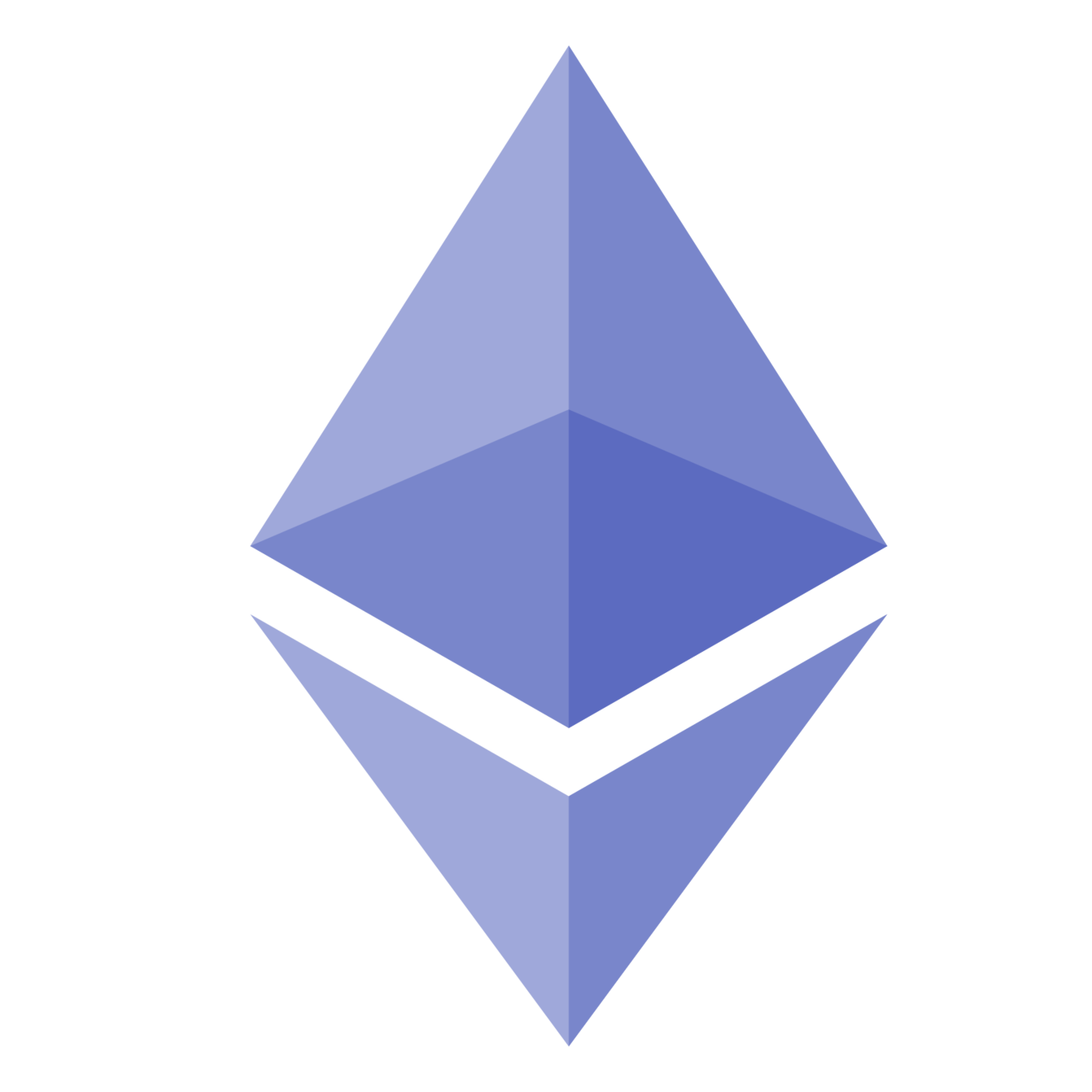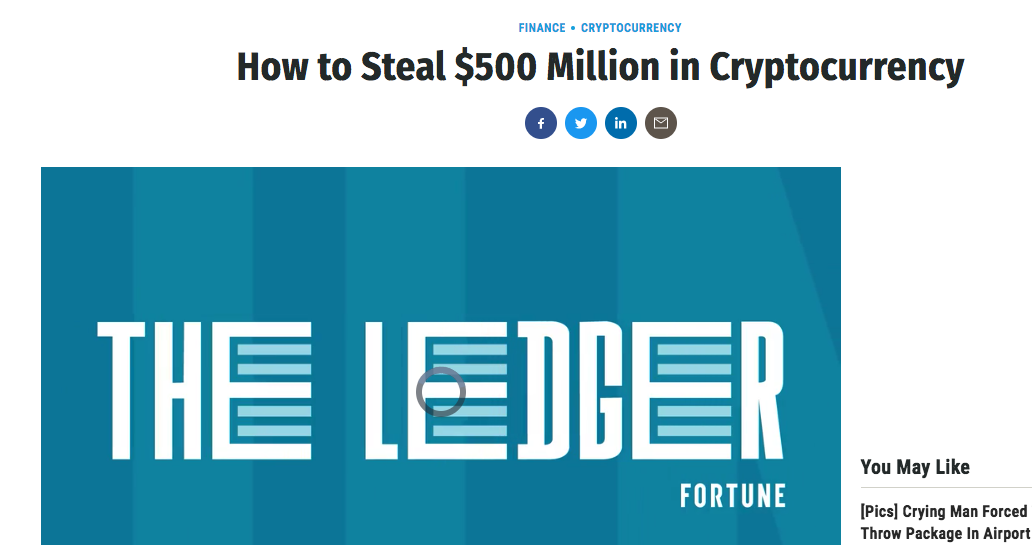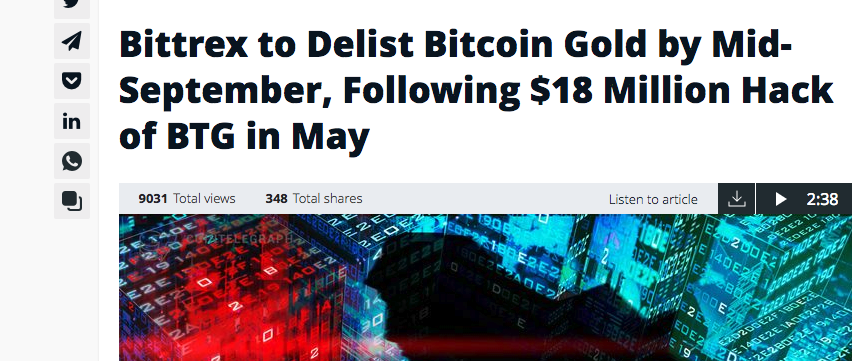Blockchain and Decentralized Finance:
2024 Intro for MFRM
Presenter: Andreas Park


Agenda
- Background:
- Vocabulary & Evolution
- What's DeFi and what's different to TradFi?
- Explain some key DeFi applications
- What do we know about tokens?
- Getting your hands dirty!
Some Technological Innovations throughout History




technological innovation removes barriers:
- what can be done
- how much can be done
- by whom it can be done
many innovations move power to do things from selected few to the masses
tech disrupts a group of people who built a living around a technological restriction and they disrupt government power exerted via these groups









technological innovation removes barriers:
- what can be done
- how much can be done
- by whom it can be done
What is a Blockchain?


What is a Cryptocurrency?

Conceptually, what is a blockchain?
What our financial infrastructure looks like

payments
stocks, bonds, and options
swaps, CDS, MBS, CDOs
insurance contracts

payments
stocks, bonds, and options
swaps, CDS, MBS, CDOs
insurance contracts
\(\Rightarrow\) a single common resource
- easy value management
- straightforward transfers & ownership accounting
- new types of contracts and usage of assets
- \(\ldots\)
What would the most efficient financial infrastructure look like?



\(\approx\) 50% is bitcoin (but used to be 70%)

How do you own a blockchain asset? Addresses, Accounts, Wallets, and Public/Private Keys

Smart contract accounts
- controlled by code
- decentralized applications
- tokens
Externally owned accounts
controlled by private keys
private
key
public
key
seed phrase
public
address
wallet = software to keep and use private keys
- Self-custody of assets
- Access to financial infrastructure
- Value management layer = common resource
- Platform approach to commerce
What makes blockchain-based finance different from TradFi?
What makes DeFi different from TradFi
decentralized finance =
provision of financial service functionality without the necessary involvement of a traditional financial intermediary like a bank or broker-dealer*
digital media =
provision of information service functionality without the necessary involvement of a traditional information intermediary like a publisher, library, or newagency
*my take: applies to only commoditizable services
trading Infrastructure
payments network
Stock Exchange
Clearing House
custodian
custodian
beneficial ownership record
seller
buyer
Broker
Broker










Application: decentralized trading with automated market makers













Application: Decentralized Borrowing & Lending











borrow
provide collateral

5. repay DAI



for loan
with health factor <1
liquidation
opportunity


1. flash-borrow DAI
2. repay loan
with DAI


3. claim
collateral ETH

4. convert ETH to DAI



Some Data
Obvious Smart Contract Application: Automate Investment Strategies



idea: create new mutual fund like asset


"yield aggregator:" push capital where rate of return is highest
What roles do tokens play?
- People clearly treat tokens and cryptocurrencies as objects of speculation



- data: authors calculations from TAQ (up to March 2023)
- crypto volume worldwide is larger by factor >4
- Self-custody of assets
- Access to financial infrastructure
- Value management layer = common resource
- Platform approach to commerce
What roles do tokens play?
recall the differences
\(\to\) key feature: no necessary intermediaries
Application 1: decentralized trading with automated market makers













Problems:
- How to get liquidity?
- How do you attract traders?
lesser problem because
- tokens trade elsewhere
- arbitrage creates activity
Common solution: create a reward token! Here's how this works
Step 4: users receive a reward token based on the time that they lock up the "receipt" token

Step 3: users lock up the "receipt" token in a smart contract





Step 2: users contribute liquidity and get a "receipt" token

Step 1: create reward tokens and deposit into a smart contract













borrow
provide collateral
Application: Pool-based borrowing and lending
Application 2: decentralized Borrowing and Lending
Same problems as with trading:
- How to get liquidity?
- How do you attract borrowers?
But: in contrast to trading, here you need both!
liquidity \(\nearrow\)
volume \(\nearrow\)
protocol fees \(\nearrow\)
token value \(\nearrow\)
Platform economics is tricky:
- What's the product?
- How do you get it started?
- How do you get people to contribute?
- How do you earn money?
Without intermediaries:
platform economics!
incentives for both?
Asset Tokenization or
"The Creation of Asset-Linked Tokens"
Tokenization is coming

- this list contains mostly "neglected" assets
- what about very "busy" assets aka equities
- what challenges apply to tokenization?
- what problem are you trying to solve vis-a-vis traditional markets?
- what do we have to worry about with a defi implementation?
- what are the opportunities?
Challenges
Source: Cambridge Bitcoin Energy Consumption Index https://cbeci.org/
Challenge 1: Energy Consumption




Ethereum Challenge 1: Environment

- Carbon footprint of Switzerland
- Power consumption of Austria

problem solved
| transactions per second | T per 12 hours (business day) | |
|---|---|---|
| Bitcoin | 7 | 302,400 |
| Ethereum | 30 | 1,296,000 |
| Algorand | 2000 | 86,400,000 |
| Conflux | 4000 | 172,800,000 |
| Athereum | 5000 | 216,000,000 |
| Payments Canada ACSS | 648 | 28,000,000 |
| US retail | 7639 | 330,000,000 |
| Canada number of equity trades | 46 | 2,000,000 |
| Orders on Canadian equity markets | 3588 | 155,000,000 |
-
Tweaks: lighting network (BTC) or side chains, SegWit, blocksize possible, but there are limits
-
microtransactions, IoT, and other smart contract use cases place very high demands
Ethereum Challenge 2: Throughput
Ethereum Challenge 2: Throughput

Source: Etherscan w re-scaling
Ethereum Throughput Solution: L2s/Rollups


Ethereum Challenge 3: State Size

Source: Ycharts
Money Laundering and Crime
Chainalysis Crime Report


extra info:
- 2019: PlusToken Ponzi scheme
- numbers depend on known addresses, e.g., 2021 report listed ~.3% for 2020 and upped to .65 now
Banned addresses


criminals don't use USDC - why are we so worried?
Hacks, Thefts, and Exploits

Common Reasons: hacks, faulty code, tricking a protocol
Miner extractable value and High Priority Gas Auctions



What is a stablecoin?
digital representation of a unit of a fiat currency on a blockchain

pulled from Nick Carter's talk on "Will stablecoins serve or subvert U.S. interests?"



Collateral Backed Stablecoins: USDT & USDC





\(\Rightarrow\) 5% over-collateralized
primary market acces: 6 entities only
Collateral Backed Stablecoins: USDT & USDC


- "Cash at Reserve Banks" once was SVB
- Reserve fund = short-date US treasuries & overnight repos

primary market acces: 560+ entities
What makes a Stablecoin stable?

USD-USDT (6 months)
\(\Rightarrow\) need a primary/reference market mechanism to allow for forces of arbitrage to align prices
- stablecoins are issued
- by a single entity or
- a blockchain-based algorithm (smart contract)
- they trade in a secondary market
- on crypto-exchanges against fiat
- on crypto-exchanges against cryptos
- on-chain against other tokens
- \(\Rightarrow\) stablecoin price fluctuates
Stablecoin use cases
What do central bankers think about stablecoins?

BIS Survey of Central Banks:




Source: On-chain Foreign Exchange and Cross-border Payments by Austin Adams, Mary-Catherine Lader, Gordon Liao, David Puth, Xin Wan (2023) [team from UniSwap Labs]
DeFi fees:
- fiat to crypto on ramp: 0%-1%
- exchange fees 1-5bps
- network fee: $0.001-5$
- off-ramp fee: 0%-1%
- total: from close to 0 to 2%+$5
Central Bank-Issued Digital Currencies
Evolution




2008
2014/5
2019
2020
The Year is 2008: what the Toronto a la cart program teaches us about CBDCs
Cautionary tales for central bank innovation
- Finland:
- Avant card failed
- China:
- people are unimpressed with the e-Yuan
- trust AliPay/WeChatPay vs. CCP
- Mexico:
- QR code pay uptake <5%
(not CBDC)
- QR code pay uptake <5%


what people want

what we got
- a program designed by city departments
- no regard for business owners or customers
- burdensome regulation
- a truck ("cart") designed by committee that did not work
- program essentially died after 2 years
Features of Digital Money
- instantaneous 24/7 payments
- digital = borderless
- money that is compatible with digital applications, digital finance, internet of things etc
- privacy protection
- peer to peer transfers
- transfers of money without the involvement of a commercially interested third party
- non-fee digital payments
fast money
CBDC run by
Central Bank
CBDC on new communually run system
bank-issued stablecoin on public blockchain






|
What? |
||||
|---|---|---|---|---|
| 24/7 instantaneous | ||||
| borderless | ||||
| programmable | ||||
| privacy | ||||
| p2p | ||||
| no commercial 3rd party | ||||
| nominal fee |


























Why are Blockchains challenging for current regulation?
What is blockchain=crypto? Some basic facts
anyone can use it
a open, general-purpose
digital value management tool
that maintains digital scarcity
ownership & control is direct and not intermediated
it's a protocol, not a thing
it does not belong to anyone
practically impossible to prevent the creation of code
borderless and digital
does not require high tech, a laptop is enough
requires use of tokens
What is blockchain=crypto? Some basic facts
anyone can use it
a open, general-purpose
digital value management tool
that maintains digital scarcity
ownership & control is direct and not intermediated
it's a protocol, not a thing
it does not belong to anyone
practically impossible to prevent the creation of code
borderless and digital
does not require high tech, a laptop is enough
requires use of tokens
The Investment Process
issuers
investors
- funding
- record-keeping
- instruments
- custody
- advice
- trading
services
needed & provided
- takes care of custody and allows self-custody
- allows instrument creation
- enables record-keeping
- allows circumvention of existing institutions
A general purpose value management infrastructure:
intermediaries
separate institutions
- asset custodians
- broker-dealers
- trading platforms
The blockchain reality:
new institutions
emerged that do all three
tokens are often not intended to be investments!
... and that brought us ...
- wash trading
- pump-and-dump schemes
- Bitfinex-Tether price manipulations
- cyber hacks
- epic thefts, "rug pulls," and fraud








- crypto trading platforms and custody risk
- subtle changes in rules to make holding and using crypto illegal/impossible
- regulation by enforcement actions
- "almost all crypto-assets are securities"
- rushes to pre-empt Congress
Regulators' Focus



MiCA
- whitepaper rule
- platforms as money services businesses
What is a security and why does it matter?
- simple view: investment contract
- traditional view/test: Howey/Pacific Coin
- investment of money
- in a common enterprise
- with reasonable expectation of profits
- derived from the efforts of others
"What's the big deal \(\to\) just download a form from our website and register!"

- latest S.E.C. view: security =
- investment of money by small investors
- small group of people work on bettering the "eco-system"
- and avertise betterment and advances
\(\Rightarrow\) people (may) buy token with investment motive
\(\Rightarrow\) require protection from securities law
What is a security and why does it matter?

- TS is a business enterprise
- many people buy TS tickets
- with clear expectation of profit
- based on the efforts of TS and her team
- and trade them in a public market

- people buy Aeroplan cards and points
- with the expectation to benefit of them in the future
- hoping that Aeroplan provides a useful service in the future
- Problem 1: many tokens as securities become untradeable and lose their use value
- Problem 2: issuer compliance with self-custody is almost impossible
- \(\Rightarrow\) it is impossible to balance investor protection and user needs with the current U.S. tools
So what's the problem here?
But this has happened before!
When alternative trading systems emerged in the late 1990s, they were illegal exchanges under securities law because they were not broker-owned!
The S.E.C. approached the problem with no action letters and eventual changes in outdated rules
The Regulator's Dilemma
The Regulator's Dilemma
benign
crypto-assets
non-benign crypto-assets or crypto-assets that look like securities but are unregistered
crypto-assets that look like securities and are registered
crypto-assets that regulators feel comfortable to be traded on a platform under their supervision
The Regulator's Dilemma
The Reality of Markets
benign
crypto-assets
non-benign crypto-assets or crypto-assets that look like securities but are unregistered
crypto-assets that look like securities and are registered
crypto-assets that you feel comfortable to be traded on a platform under your supervision
The Dilemma
- blockchain as an idea will not become uninvented
- there is continuous research & development, including by universities
- when another hype starts, people will want to get their hands on the assets
- blockchains are borderless by design
- "tough" regulation pushes firms outside of jurisdictions
- no regulation can prevent the bankruptcy of an offshore entity
- willing issuers want clear guidance
- but issuers of crypto assets cannot comply with current rules
Final Thoughts
Some Final Thoughts
- blockchain tech won't get uninvented.
- young people and universities keep working on blockchain ideas
- the space is still trying to figure things out, including tech and economic challenges
- great progress has been made, but things will and do still go wrong
- a common resource can have huge economic benefits
- I'd like to see more thinking and discussion about paths to unlock the benefits
@financeUTM
andreas.park@rotman.utoronto.ca

slides.com/ap248
sites.google.com/site/parkandreas/
youtube.com/user/andreaspark2812/